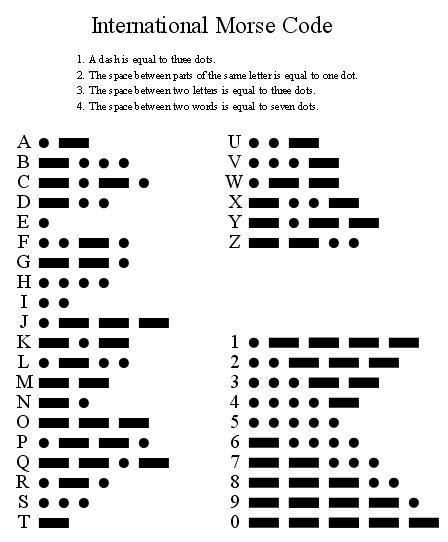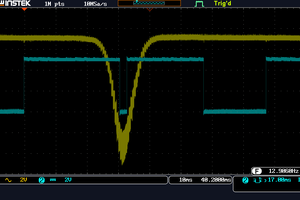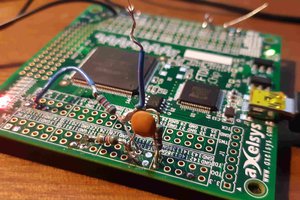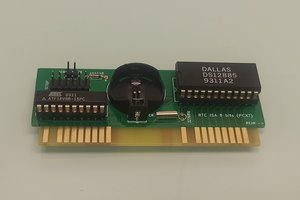To make a transmitter is very simple!
If we take a certain frequency generator and connect it to the antenna, we get a simple transmitter.
(We are not going to consider the problems now: load matching, the wave resistance of the communication line, the resonant frequency of the antenna.)
After that, if we have a receiver on that frequency and modulation, we will be able to receive the signal. At short distances, the receiver can receive clock generators even from a conventional Board with a microcontroller.
Let's use this hack and create a simple Telegraph transmitter!
PS. Number of micro-cells occupied by the project — 30 out of 64.
PPS. You can help improve the quality of the English text in this project. Please write message to me.
 Alex
Alex




 Jesse R
Jesse R
 Aitor Gómez García
Aitor Gómez García